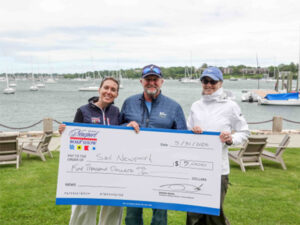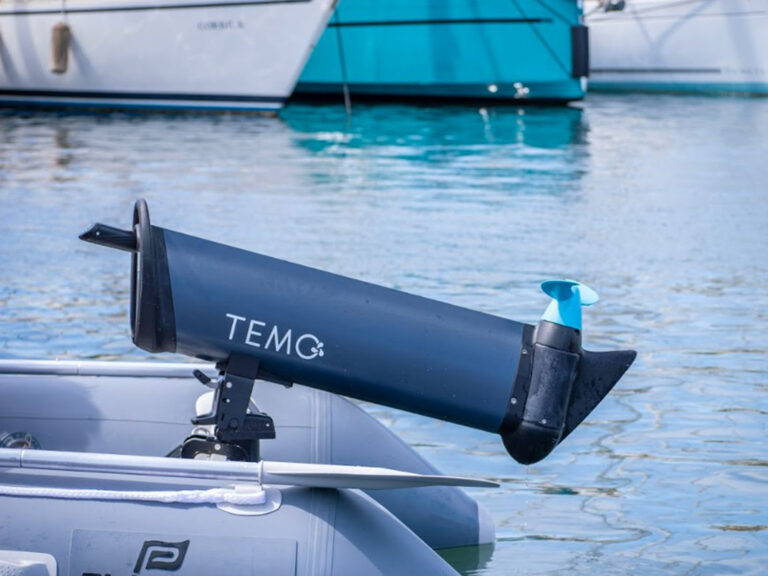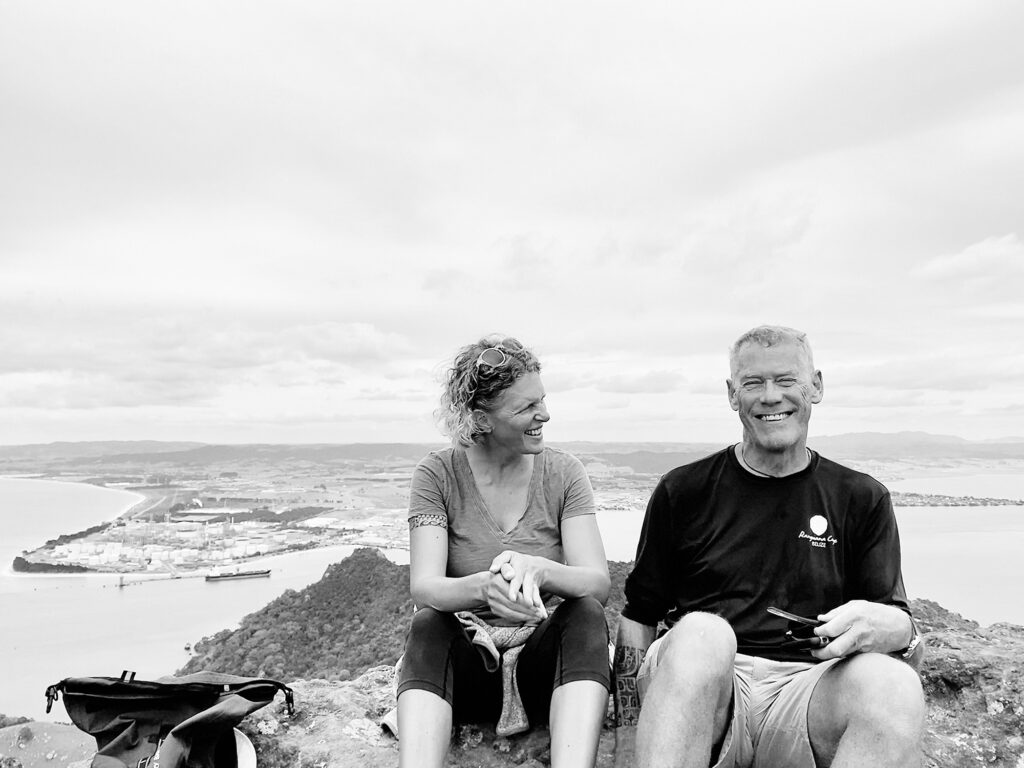
I’m seconds from slipping over the side of the dinghy into the turquoise waters of Tahanea Atoll in the Tuamotu Archipelago of French Polynesia. Manta rays, easily 8 feet across, swoop below. My pale white feet frame their dark velvety backs. This is always a moment of high anxiety, plunging my whole body into an ecosystem full of creatures I can’t see from above.
I slide in and slam my face underwater so that I can see what is coming at me. My heart thuds in my ears. Within minutes, I’ve got a tight grip on my husband’s forearm. We kick slowly into the ray fray. I can hear him laughing through his snorkel. At me? Unclear.
Harry has talked about long-distance cruising for so long that I can’t remember a time when he didn’t. I always knew that it was his (somewhat vague) dream to sail around the world, but in the early years of our marriage, we were building a business and raising our children. The cruising fantasy remained that—
a fantasy.
This is where it ends for many people. Cruising is logistically more complex than anything you’ll ever do. It requires a lot of self-motivation and long-term focus. If your partner has a dream to sail long distance and you’re just not into it, then waiting it out isn’t a bad strategy. For many people, the dream evaporates under the weight of one partner’s noncooperation.
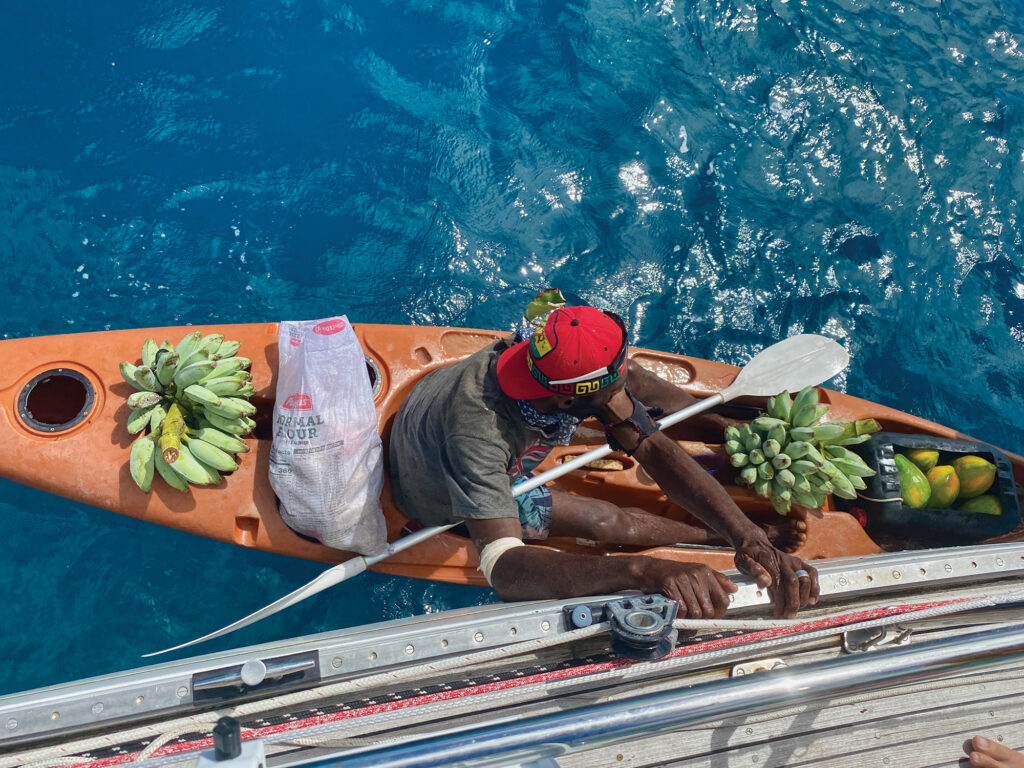
But then, we must be honest with ourselves. Could you live with the death of your partner’s dream? Knowing you killed it? Could you accept responsibility for that heartbreak?
Going along with it might sound like an awful lot of give and very little take. Like personal sacrifice. Like being intolerably unhappy and resentful. That’s OK. Cruising isn’t for everyone.
But maybe you’re tired of resisting, even though you’re still scared. Maybe you recognize that gifts come back to you when you advocate for your partner’s joy.
Could you live with the death of your partner’s dream? Knowing you killed it? Could you accept responsibility for that heartbreak?
If this is the line you’re walking, I can share what worked for me. Here’s how I got on board with my partner’s dream to sail the world.
Take an Interest
This was hard at first because I couldn’t see a lot of value in trading my time with a good book to learn about port and starboard, tacking, sails, and inboard engines. My partner’s enthusiasm for all these things made it easier. I wanted to be able to talk to him about the things that interested him.
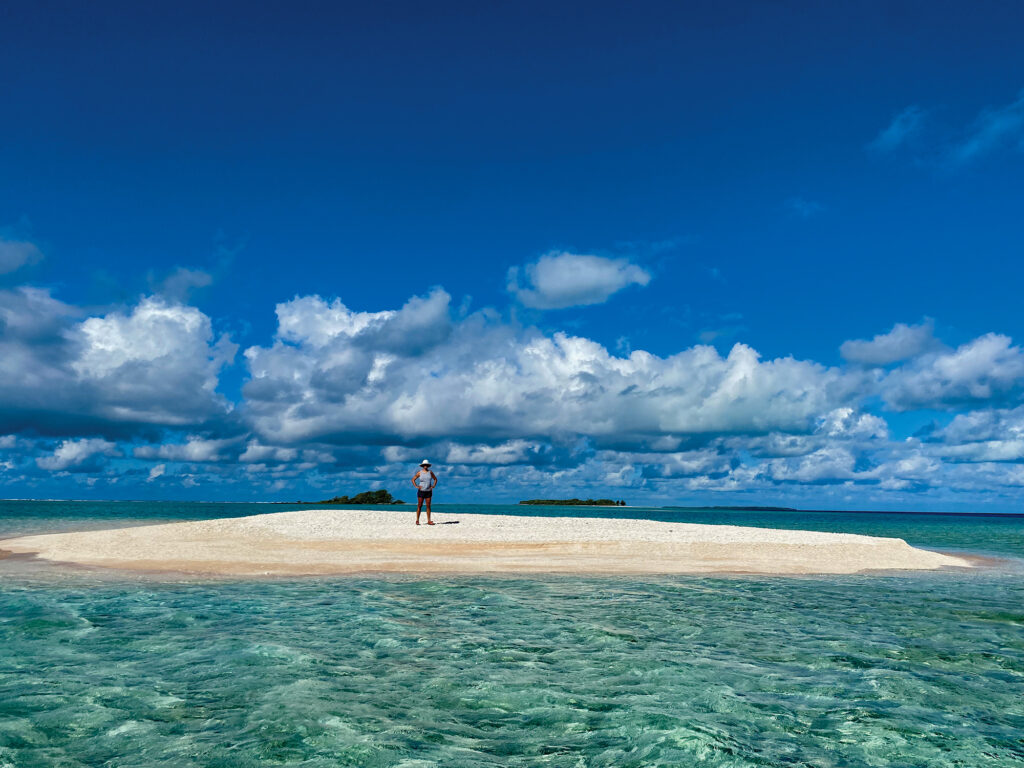
I imagined that I was learning a new language, and a new country. Sailboats have their own vocabulary. The words—clew, tumblehome, freeboard, baggywrinkles—appealed to me. I took small steps at first. Tiny steps. Just sailboat vocabulary.
Then, the weirdest thing started happening: Learning the words led to questions. I connected the names for boat parts and the functions they served. Freeboard is the part of the hull above the waterline. Is it better to have more freeboard or less?
After that, I was imagining myself on a sailboat with lots of freeboard versus one with not much freeboard. My mind led me there.
Find Ways To Learn More
Before I gave myself permission to accept the cruising dream, I was reluctant to talk to my partner about it. I didn’t want him to be encouraged if I was eventually going to decide it wasn’t my jam.
Even so, I still wanted to learn more so I’d at least be informed when I told him it was too dangerous and there’s no way I’d do it. I found books and articles on sailing and cruising topics that interested me. I joined a Facebook group called Women Who Sail. It’s a supportive, inclusive group of women sailors all over the world. Every question—even the ones I feel nervous to ask
—is respectfully answered.
I also attended a women’s sailing seminar for a weekend. And even though I’d been on sailboats for 20 years at this point, I signed up for a learn-to-sail course.
Getting distance from my partner while I investigated this world was critical. I needed space to explore without the weight of his delight.
Own the Dream
A lot of cruisers singlehand. We’ve met many, and all but one were men. I tried to imagine my partner alone on an adventure like this, and I simply didn’t want that for him. I understood that he would likely go without me. I thought about how it would feel to maintain my land life while he learned incredible things every day on the water.
I thought about what that would do to our marriage in the short and long term. I imagined the gulf that would grow between us. I didn’t want that for either of us.
So I accepted that I would participate in this dream. This was an important step.
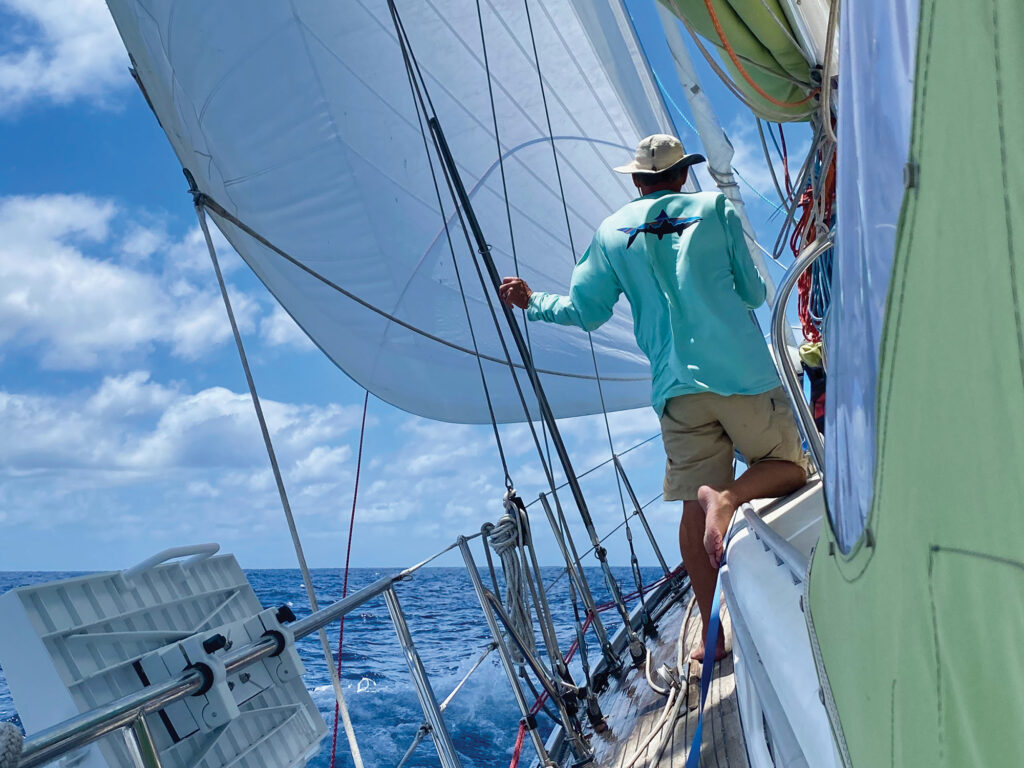
After that, I sat for a long time in the place where I thought I’d made peace, but I still felt like I didn’t have a choice. I was willing, but—and this was the ticking time bomb—only for his sake. Over time, I realized this wasn’t good enough. I needed to be just as passionate about the adventure.
I identified parts of the adventure that excited me. Crossing the ocean on a sailboat? Terrifying. Swimming in the tropics with manta rays? Exciting! I latched onto specific things that made me genuinely enthusiastic about sailing away from the safety of our home.
For starters, I decided I would swim everywhere we anchored. I then decided I would write weekly stories about our adventure for friends and family to read. I got all sauced up learning how to provision for passages, how to buy food in Mexico, French Polynesia and Fiji.
Maybe you love reading. That’s great: Stack your nightstand with books about cruising or about the places you’ll be cruising. Maybe you like napping. Terrific: Get yourself the best hammock you can find, and plan to get a selfie at every anchorage.
Taking ownership of the dream puts you in a good place. Be open to ways this dream can become your own.
Work Through Phases
No part of this process is fast. You have deeply ingrained ideas and expectations about “normal life.” You’re looking down the road less traveled.
Unless you’re lucky, you won’t find a lot of friends and family who have done this before who can guide you. From the time I realized that my husband was sincere about pursuing his cruising dream to the time I was completely on board was about 10 years. Your timeline will be your own.
I identified parts of the adventure that excited me. I latched onto things that made me enthusiastic about sailing away from the safety of our home.
My husband isn’t drawn to get in the water. He rarely swims when we drop the anchor, though he’ll happily put down the swim ladder for me, and then watch over me while I stroke from our boat to that one and then that one. But when the snorkeling is good, he joins me in my dreamscape.
He knows it’s important to me to share my passion for the water, and he’s interested in seeing the undersea life. He likes to look up the species in our fish books, poring over the colorful pictures. Swimming alongside magnificent manta rays excites him too.
He still gets some of the snorkeling vocabulary wrong (they’re fins, not flippers), but he’s learning.
Joy Archer sails with her husband, Harry Pattison, aboard a 44-foot Mason launched in 1988. Tune in next month for Harry’s side of the story.


